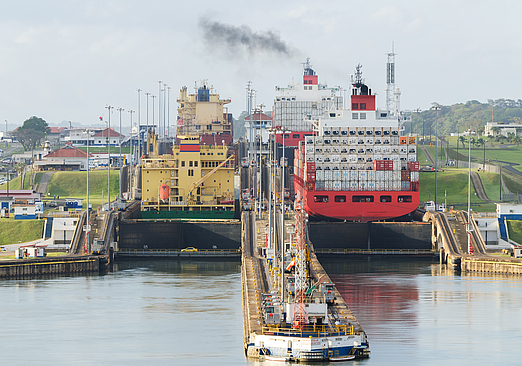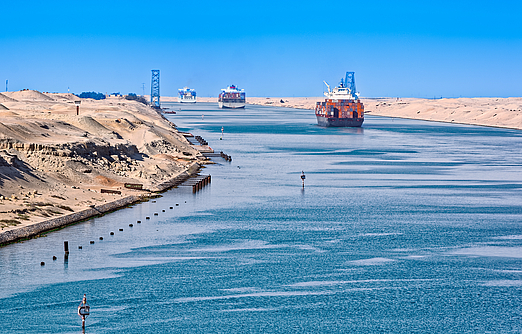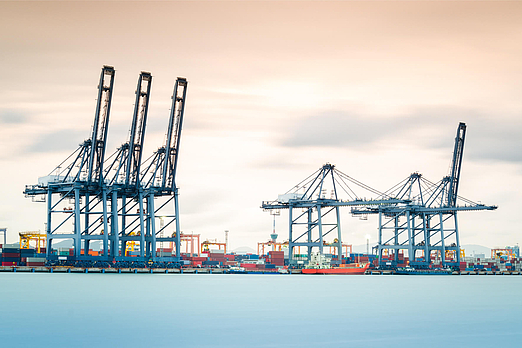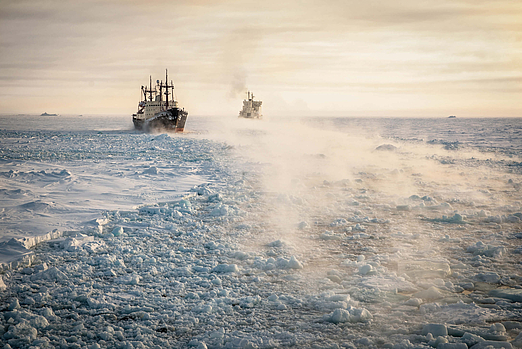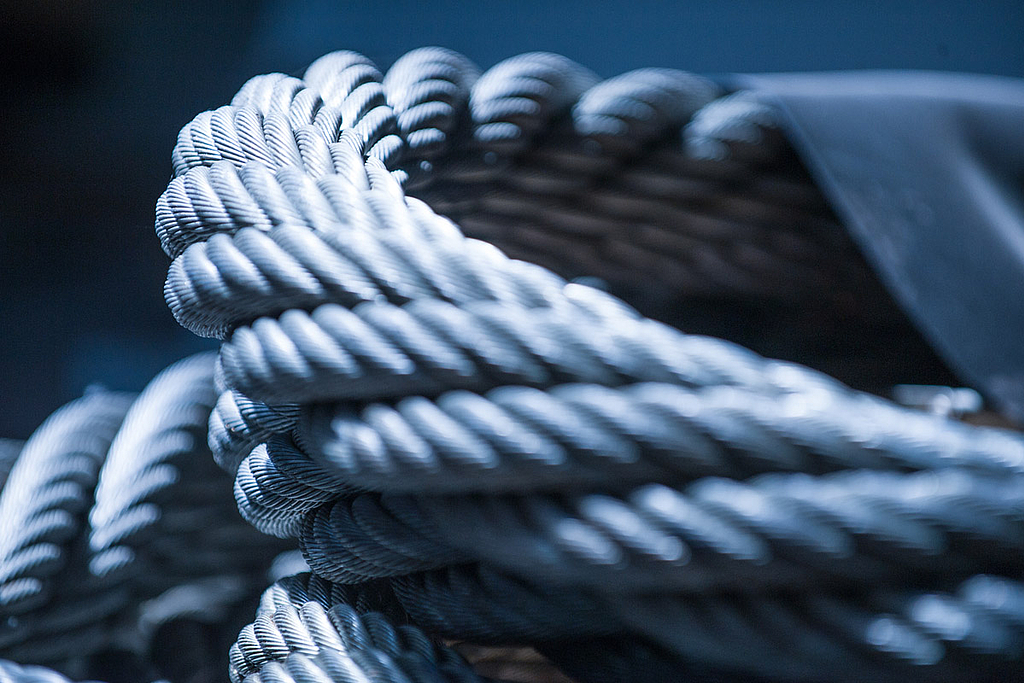This danger is anything but “romantic”
Pirates – danger lurking on the high seas
- Insights
The word piracy usually conjures up thoughts of legendary pirate tales and exciting films set on tropical islands and the high seas. But anyone who believes that the threat of piracy has died out would be gravely mistaken. Pirates still pose a not insignificant danger to seafaring and to the international transport of goods.
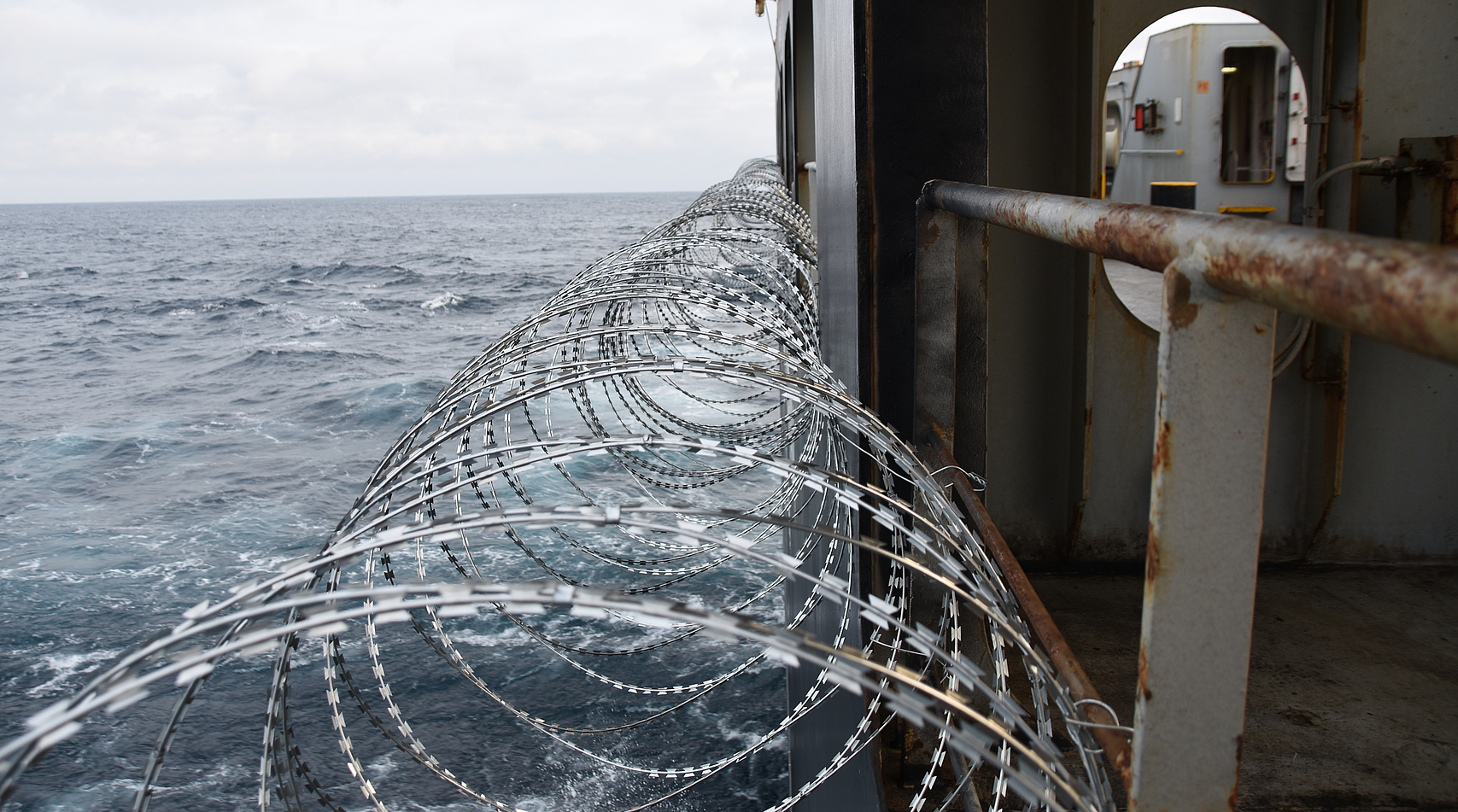



Our rail service is 50% faster than sea cargo and 60% less expensive than air cargo, giving you the best of both worlds.
Rail transport is a fast, cost-effective and environment-friendly alternative to air and sea freight. Our specialized teams will create the optimal rail transport concept for any commodity.
Find out more
